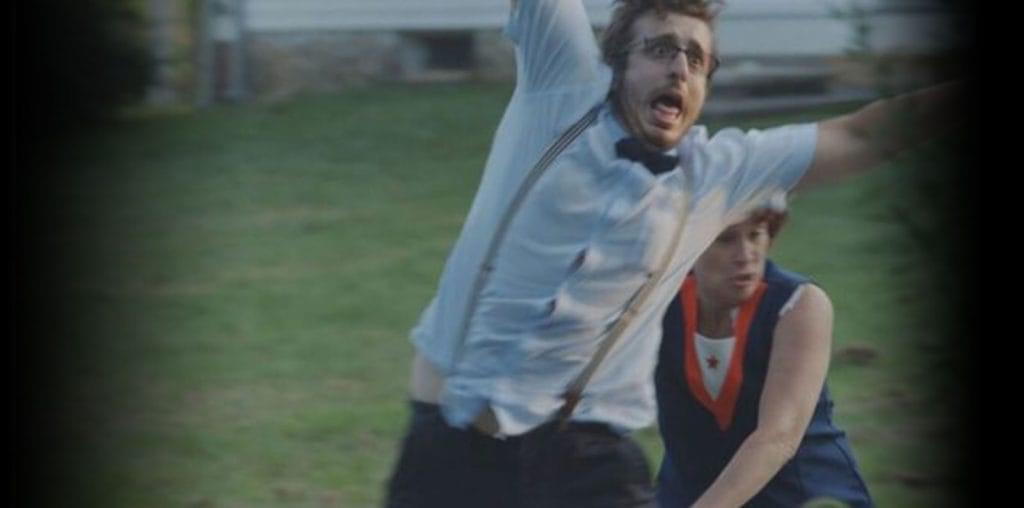
Movies based on comic books began losing their allure for me around 1992, the year “Batman Returns” came out. Could anyone have made a duller, less seductive Catwoman than Michelle Pfeiffer? Well, we’ll find out this summer, won’t we, when Halle Berry borrows the black leather outfit. The genre was in a handbasket by ’96 (“The Phantom”, “The Crow: City Of Angels”), well on its way to hell by ’97 (“Batman & Robin”, “Spawn”) and had hit rock bottom about the time “Dark City” was released in ’98.
I haven’t been a big vower in my time, but I made a sacred one at that point: Life is too short; no more movies based on comic books for me. As a consequence, I have not savored the cinematic pleasures of, among others, the X-Men and Blade films, The Punisher, The Hulk, or the sight of Ben Affleck saving the world as Daredevil. When the studio sent a DVD of Sam Raimi’s “Spider-Man” for award consideration in 2002, I stuck it in my son’s Christmas stocking.
He is thirteen now and really, really, really wanted me to take him to the box office record-shattering sequel. As I had no one to blame but myself for making him a fan, I chose to honor his request over my promise. Was it everything I’d been led to expect? Sure. And less.
I’d watch Tobey Maguire and Kirsten Dunst do their taxes, they’re both so talented and appealing. So definitely no problem there. Based on my research (a quick briefing from the boy as we stood in line to get popcorn), the second film is an introspection-fest compared with the first. In fact, the movie of which it reminded me the most is Martin Scorsese’s “The Last Temptation Of Christ”. Raimi’s latest is very much a Last Temptation of Spidey sort of deal with much of its running time devoted to Peter Parker’s brooding over whether being perpetually on call to aid mankind is worth the personal sacrifices doing so requires him to make.
In the film’s first third alone, his crime fighting costs him a pizza delivery job, causes him to get so far behind in his college work that he’s in danger of being flunked, puts him at odds with his landlord and convinces the woman he adores that the only place she’ll ever find love is in the arms of another man.
Just as Willem Dafoe’s Christ considered ducking his destiny to embrace the pleasures of ordinary human life, Maguire’s Spider-Man does an accounting of all he’s missing out on and, on balance, concludes he’s giving up too much. That he has a right to enjoy his time on earth too.
He gives life as a regular guy a try for a while but his timing is bad. His soul searching coincides with the appearance of a super villain who wreaks more havoc than Parker’s conscience will permit him to ignore. Alfred Molina costars as Dr. Otto Octavius, a scientist whose attempt to build a fusion machine to produce cheap energy goes awry for goofy comic book reasons and results instead in his mutation into Doc Ock, an evil tub of lard with giant metal tentacles.
With the introduction of the character, Raimi’s film degenerates from a superhero Hamlet into a cheesy and routine bit of mad scientist malarkey. The cheese appears to be Swiss too, given the number of holes in this aspect of the story: Who builds nuclear reactors in rented office space and tests them for the first time with a roomful of unprotected friends? What are the odds somebody’s not going to get mutated into a super villain?
We’re told Octavius constructed the tentacles (which are implanted into his spine) because the fusion materials are dangerous to handle. A. So why didn’t he just design the machine with robotic arms inside it? B. What kind of a nut implants office equipment in his spine?
So “Spider-Man 2” is a silly comic book movie with provocative psychological overtones. Or a provocative character study with silly comic book overtones. Take your pick. Either way, it’s hardly the cinematic milestone it’s widely hailed as being. There’s some truly nice dialogue (Dunst caressing Maguire’s face and asking “Isn’t it time someone saved your life?” is a perfect movie moment). Danny Elfman’s score is a corker. Of course, he’s had practice. He’s been doing these since Tim Burton’s first Batman.
The scenes in which Maguire swoops and swings between skyscrapers like a webslinging Tarzan are technically impressive for the most part, betraying only occasionally their computer generated reality. In the midst of muchMolina-related nonsense, there are a few truly effective sequences. My favorite came after our hero almost kills himself slowing an out of control subway train to a stop. With hushed reverence, passengers lay him slashed and unmasked on the car’s floor and gaze at him with wonder. His posture and wounds give the tableau a deliberate Passion of the Parker feel and, when his eyes open, the connection between savior and saved is touchingly palpable.
I wish the film had more of that sort of thing and less generic evil genius stuff. If it had, “Spider-Man 2” might not have merely perpetuated the genre. It might have transcended it.
